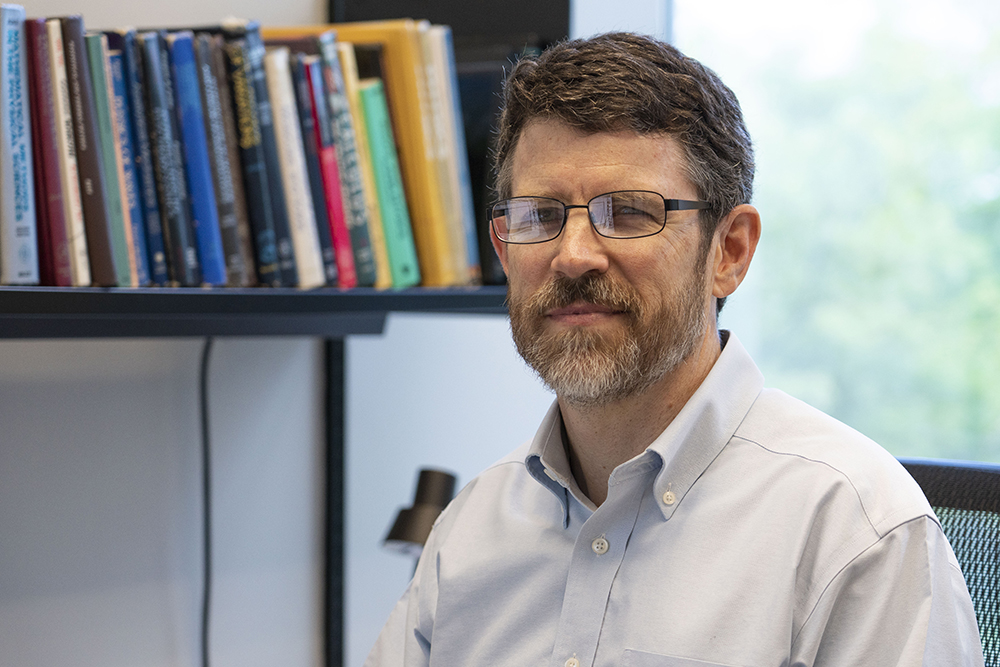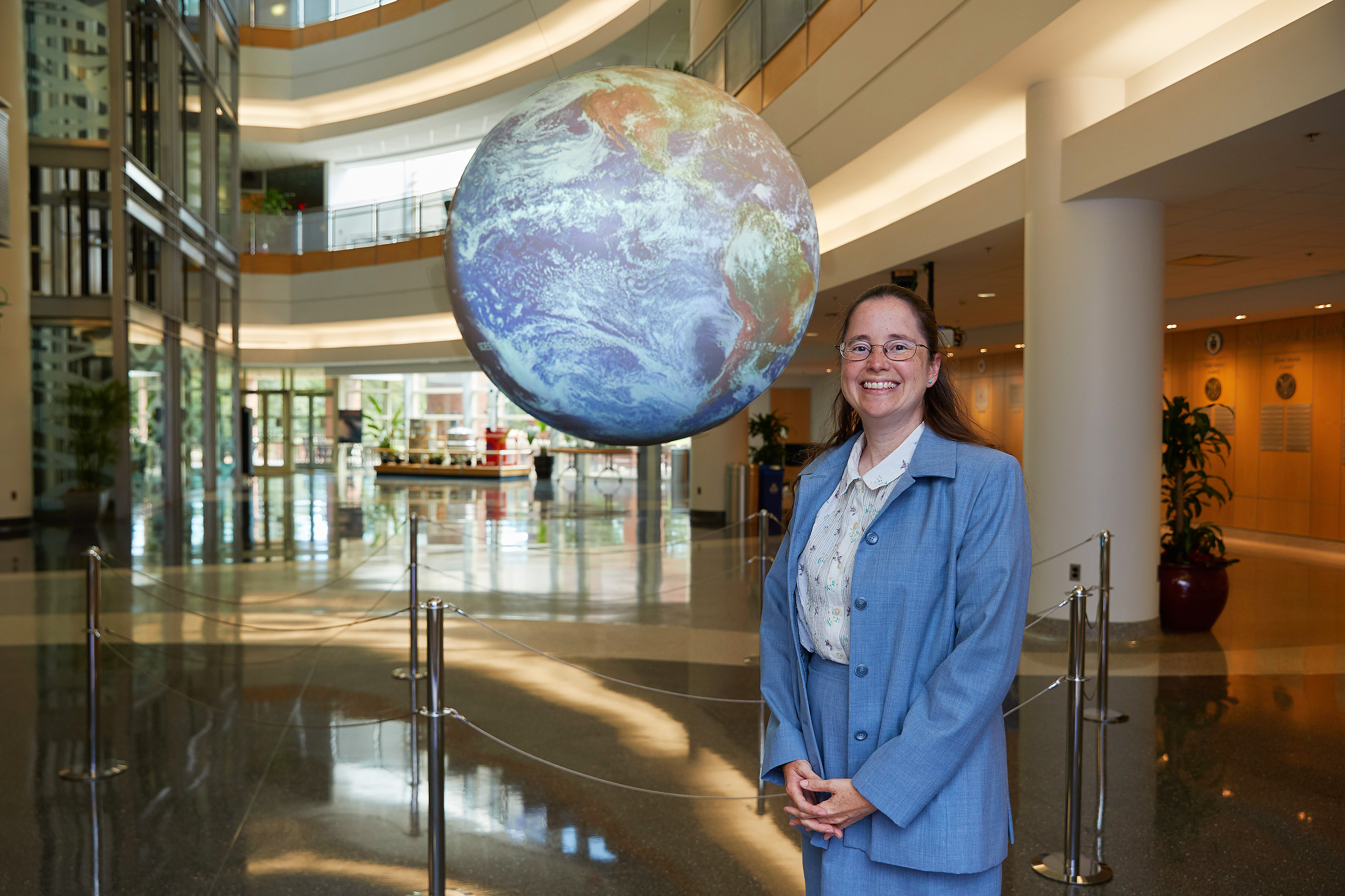Latest News
Q&A: John K. Williams on Trustworthy AI for Weather Science
IBM has been selected as part of a team led by the University of Oklahoma to establish a new U.S. National Science Foundation AI Institute for Research on Trustworthy AI in Weather, Climate and...
IBM has been selected as part of a team led by the University of Oklahoma to establish a new U.S. National Science Foundation AI Institute for Research on Trustworthy AI in Weather, Climate and Coastal Oceanography. The team has been granted a $20 million, five-year award.
Dr. John K. Williams, senior manager, forecasting sciences at IBM’s The Weather Company, helped write the winning application with lead researcher Dr. Amy McGovern and other private, public and academic groups. Here, he explains the importance of trustworthiness in artificial intelligence and how the institute is meant to help foster it.
What are some of the challenges the institute aims to address?
Big Data is one of the big challenges of our enterprise. In environmental science and weather and oceanography, we have immense amounts of data flowing in from satellite systems, ground observing stations, numerical weather models, even cell phones around the world. To take all that information and get value out of it is not something that human beings can do alone anymore. It’s something that requires artificial intelligence.
The Weather Company is a global leader in AI applied to weather at huge scale, and we have been at it for 20 years. But as the use of AI explodes—we see it everywhere now, even making decisions about the ads and news we see—it’s really important to make sure that it’s unbiased and trustworthy in the information it’s providing, and that it really does what it says it’s going to do.

Dr. John Williams of IBM's The Weather Company helped write the winning application for the NSF AI weather and climate institute.
How does trustworthiness and bias apply to weather forecasting?
It could be that we haven’t thought enough about how different decision makers and cultural communities use forecast information or want weather information to be presented to them. That’s one reason I’m really excited that the institute will include social scientists, which is rare for this kind of research. Studying what information people need and how they use it will help us develop the best AI methods for providing it.
Another way that bias can creep into weather prediction is when you tend not to forecast extreme events because, mostly, there aren’t extreme events. So, if you train your forecast on the historical data that you have, your predictions tend to converge on what’s average. But you don’t want to bias your forecasts towards what’s usual. The risk is that you don’t capture those very impactful events that are unusual, which is what you really care most about.
What sort of work will the institute do?
It will be a combination of advancing AI methods for weather prediction and improving scientific understanding of the environment. But a large element will be driven by specific applications. For example, we’re providing IBM’s weather data to a group that is using AI to help predict when water temperatures in the Laguna Madre off Corpus Christi, Texas, might drop so that ships can avoid running over sea turtles stunned by the cold and volunteers can be mobilized to help rescue the turtles.
Extreme weather—things like tropical cyclones, tornadoes and winter storms—will be a focus, along with predicting seasonal variability. In many cases we already have numerical weather prediction models, including our own IBM GRAF, that provide forecasts. But they’re often not tuned to the variables that are most of interest to a user for making a decision, like a farmer or outdoor event planner who wants to know whether it’s going to hail. The model might not provide a very accurate hail forecast by itself, but with AI it can make a more skillful prediction. Developing better ways to communicate uncertainty and risks is also a key theme.

Dr. Amy McGovern, a professor at the University of Oklahoma, will be lead researcher at the new NSF AI weather and climate institute.
There are several academic, government and other industry partners involved. What is IBM’s role?
There’s a lot that we can learn from and share with each other—methods, intellectual property, code. Bringing in IBM helps ensure that the methods developed by the institute are addressing challenges that our customers and fans care about and will be conveyed to people who can benefit from them.
We’re planning an open source project that will be an essential part of what the institute does. That’s something obviously that’s in IBM’s DNA, especially now through Red Hat, and hybrid cloud could become an important element of our program to make the software truly portable.
There’s so much value in all the research being done at all these different institutions. If we can create an open collaboration and figure out a way to bring it all together and harness it, it will be a fantastic opportunity to cross the valley of death from research to operations and create value for society.
For more information: University of Oklahoma news release